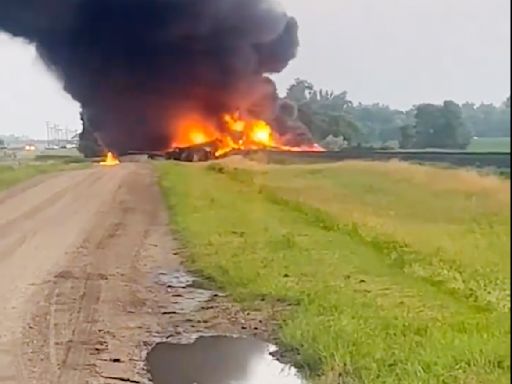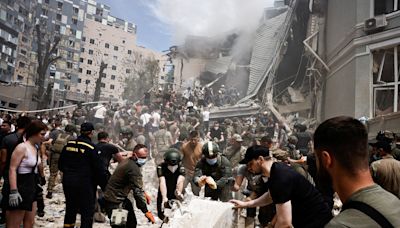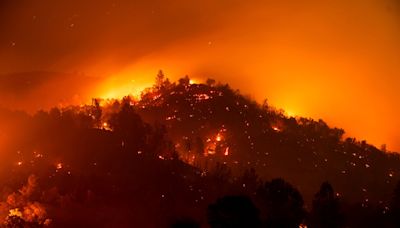Search results
Shelter-in-place (SIP; also known as a shelter-in-place warning, SAME code SPW) is the act of seeking safety within the building one already occupies, rather than evacuating the area or seeking a community emergency shelter.
Apr 19, 2021 · Learn how to plan for and communicate evacuation and shelter-in-place actions for different hazards and building types. Find documents, slide decks, and pictograms with recommendations and best practices.
Emergency Preparedness and Response. Stay Put – Learn How to Shelter in Place. Print. Sometimes the best way to stay safe in an emergency is to get inside and stay put inside a building or vehicle. Where you should stay can be different for different types of emergencies.
Learn how to prepare and implement a shelter-in-place plan for your workplace in case of chemical, biological, or radiological contaminants. Find out when and how to select an interior room or rooms, and what to do during and after a shelter-in-place situation.
Jul 1, 2021 · Do you know where to go when disaster strikes? Sometimes the safest thing to do is to stay inside (shelter-in-place) and take protective actions based on the hazard. Check out FEMA’s new pictograms to learn where to go, what to do, and how long you should shelter-in-place for 10 types of hazards.
This document provides planning considerations and principles for state, local, tribal and territorial partners to prepare for and respond to emergencies that may require evacuation or shelter-in-place. It covers key concepts, critical considerations, zonal approach, mass care, legal requirements, and resources for evacuation and shelter-in-place.
Shelter In Place refers to a situation in which the appropriate response is to stay where you are located to protect against a hazard. Sheltering in place may be appropriate in active threat scenarios, chemical releases or spills, and severe weather.





